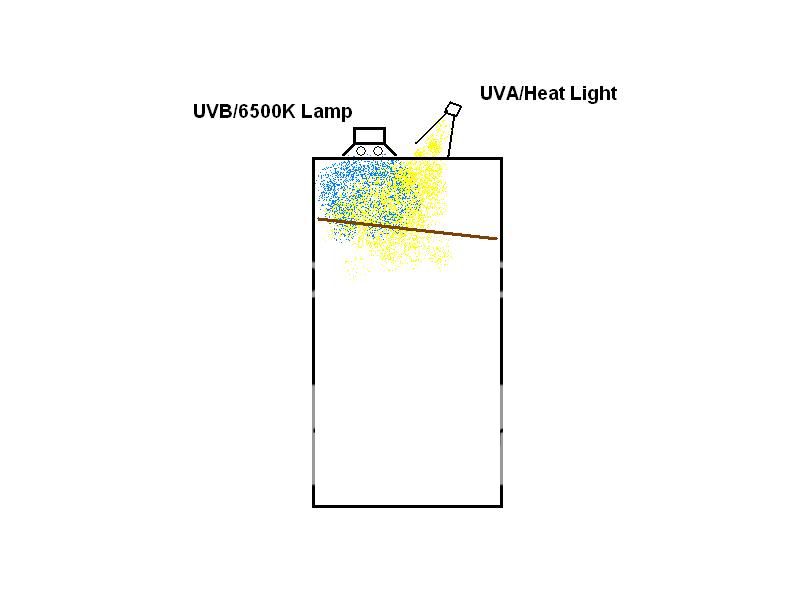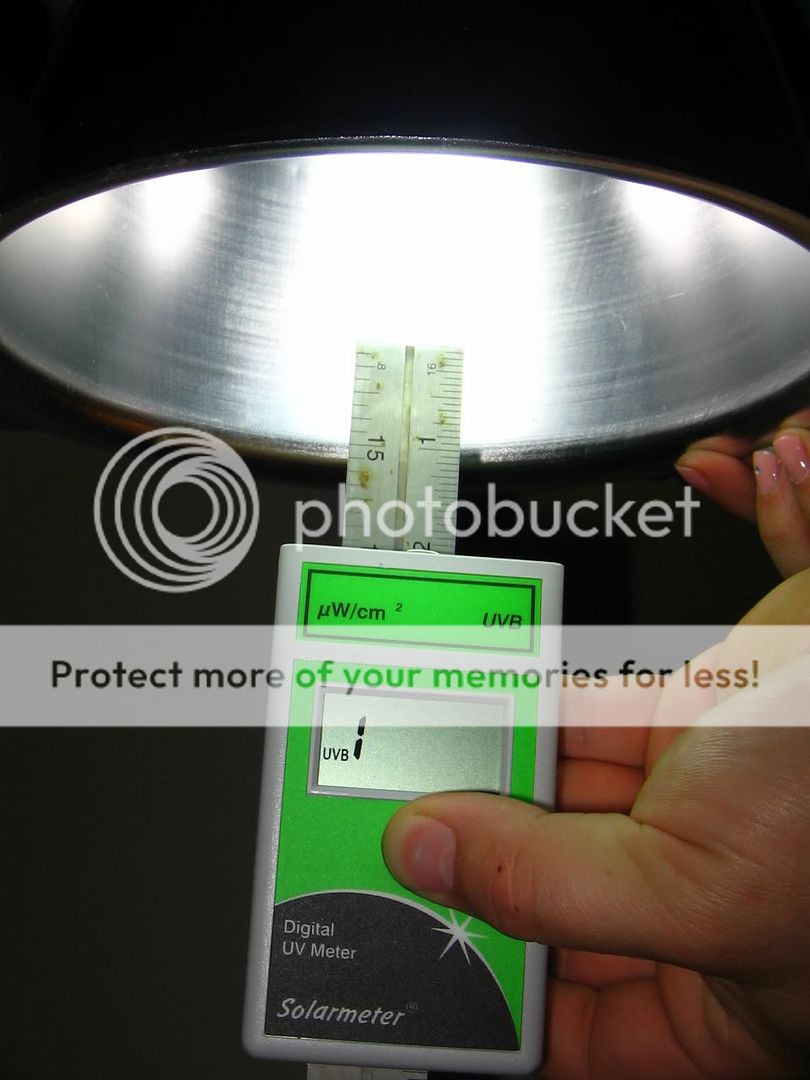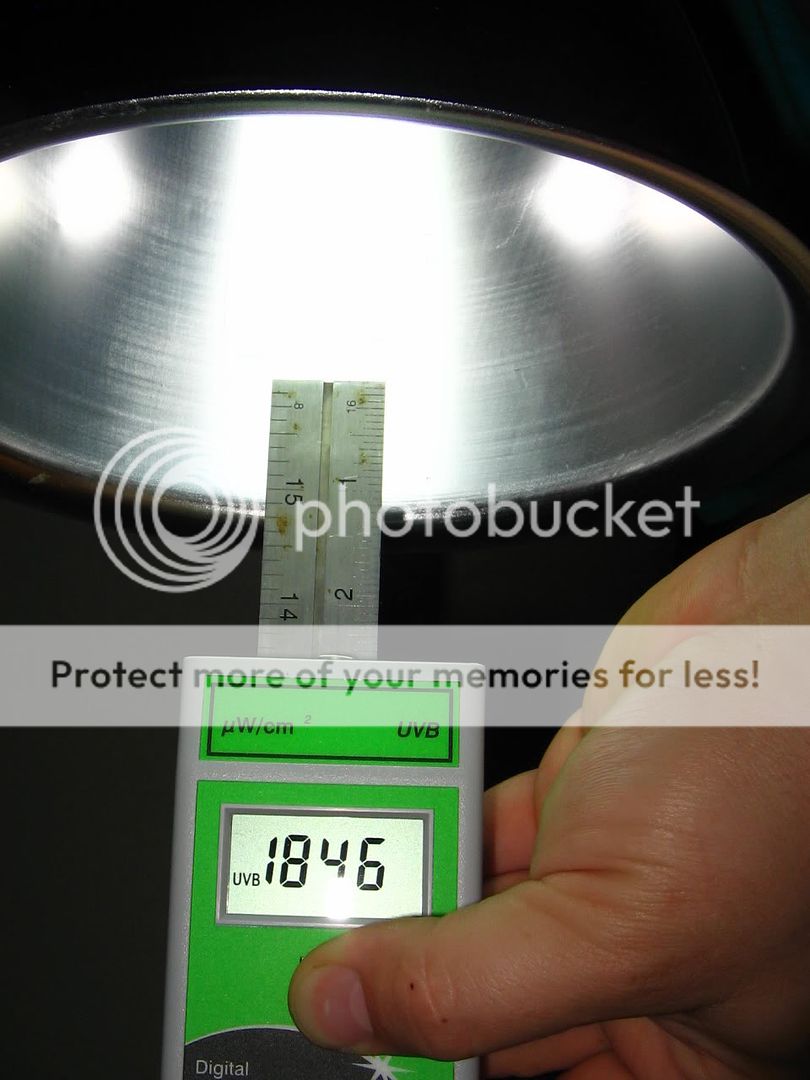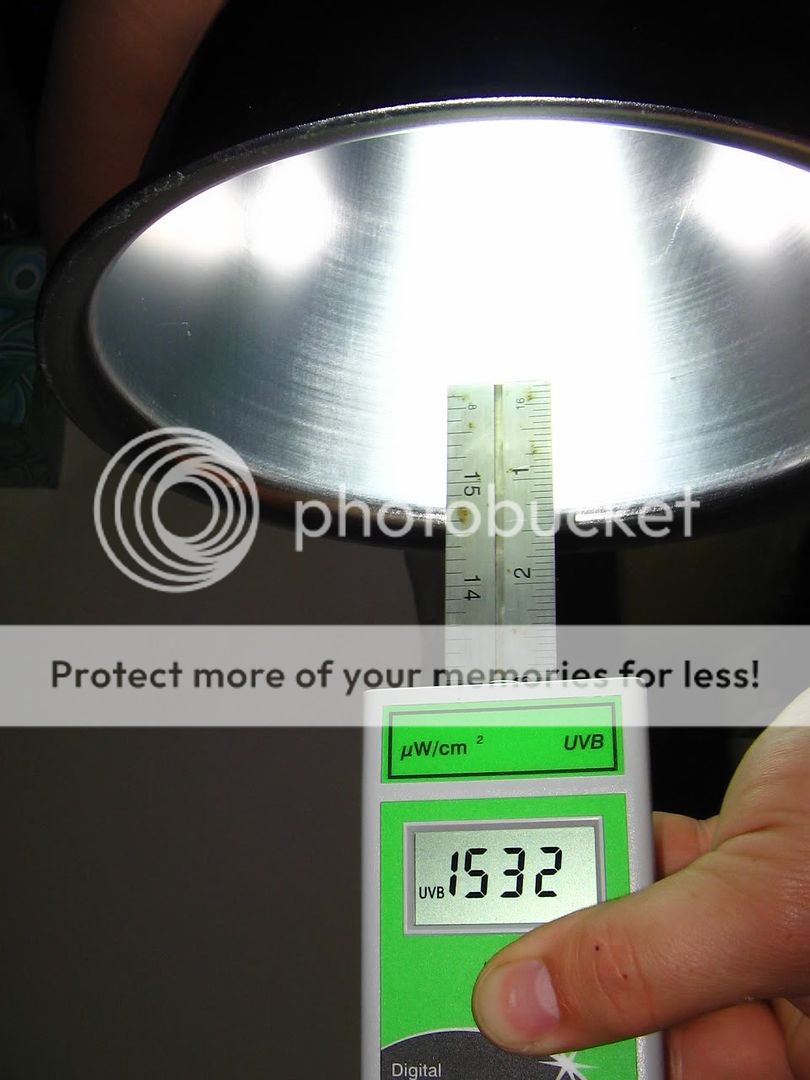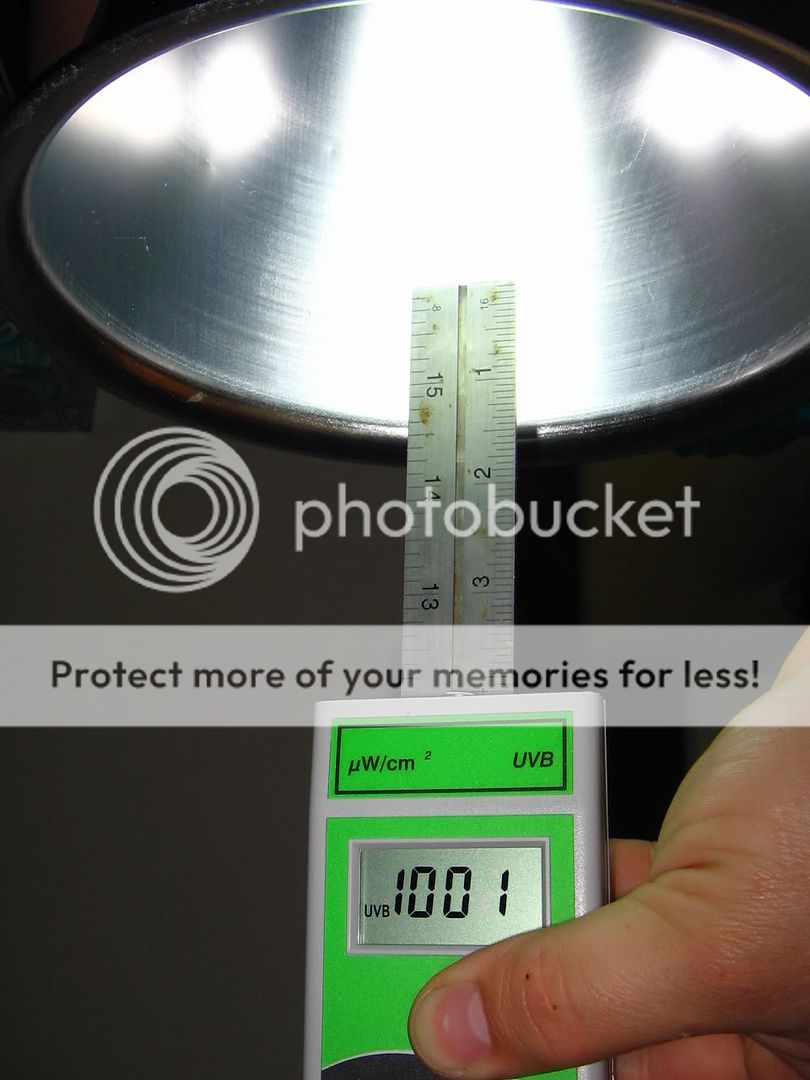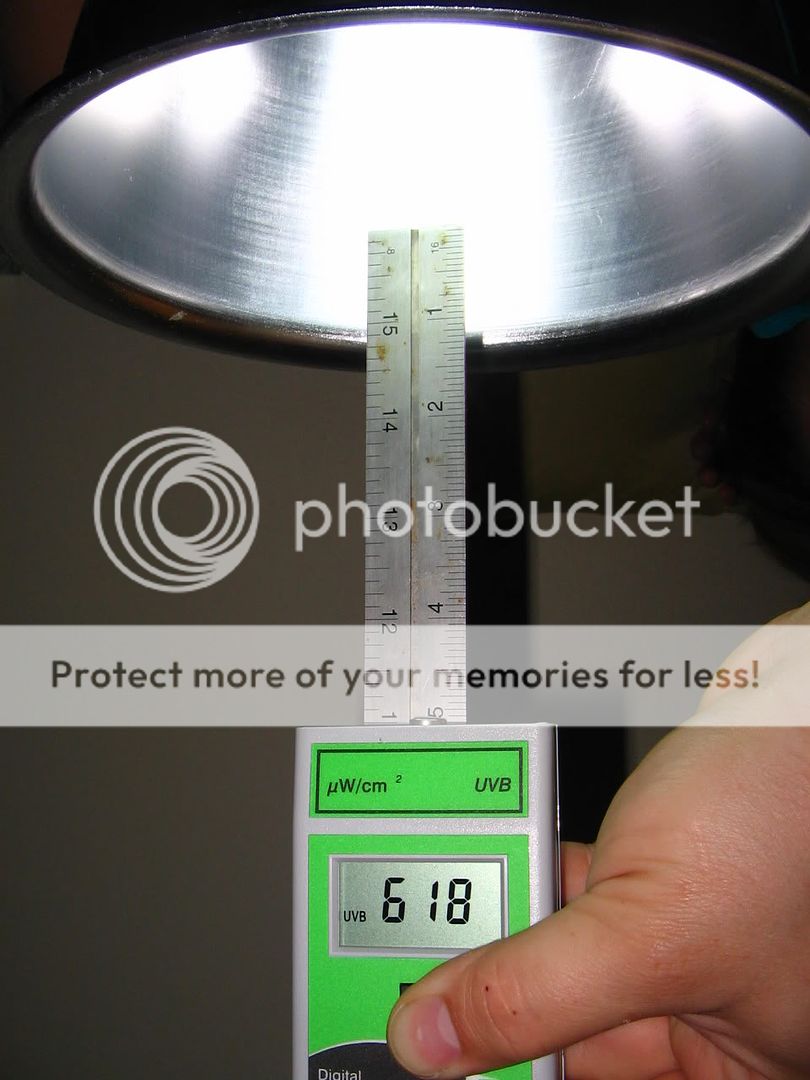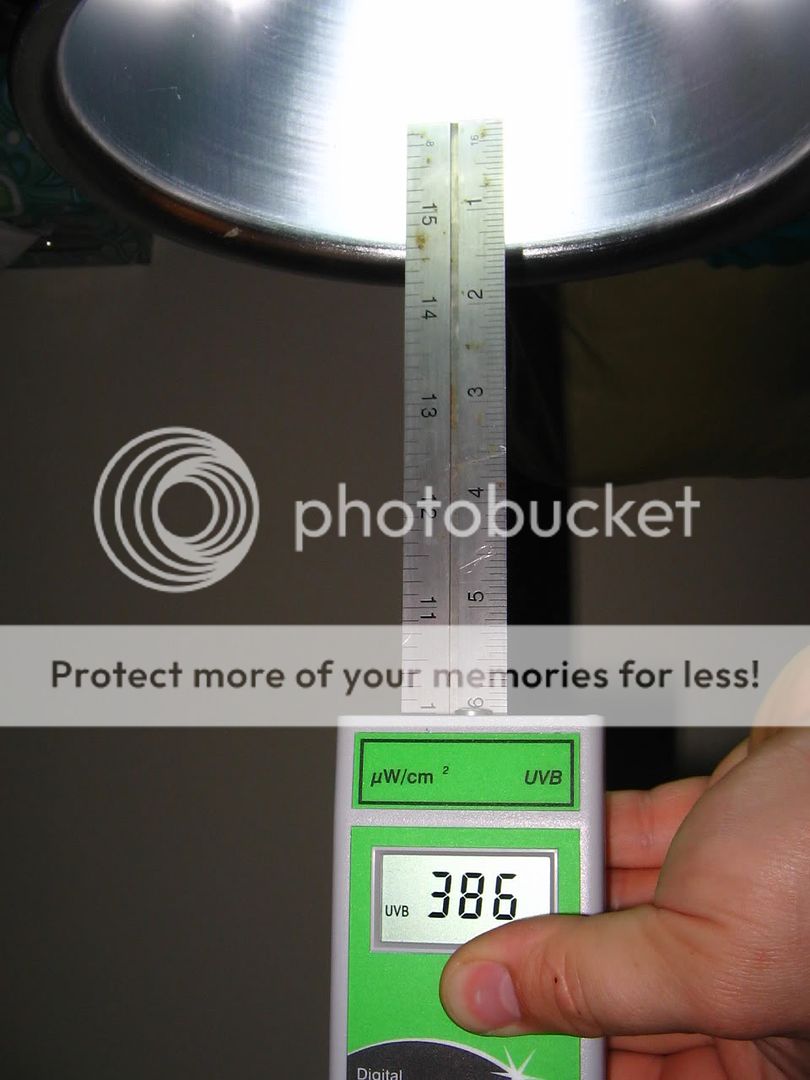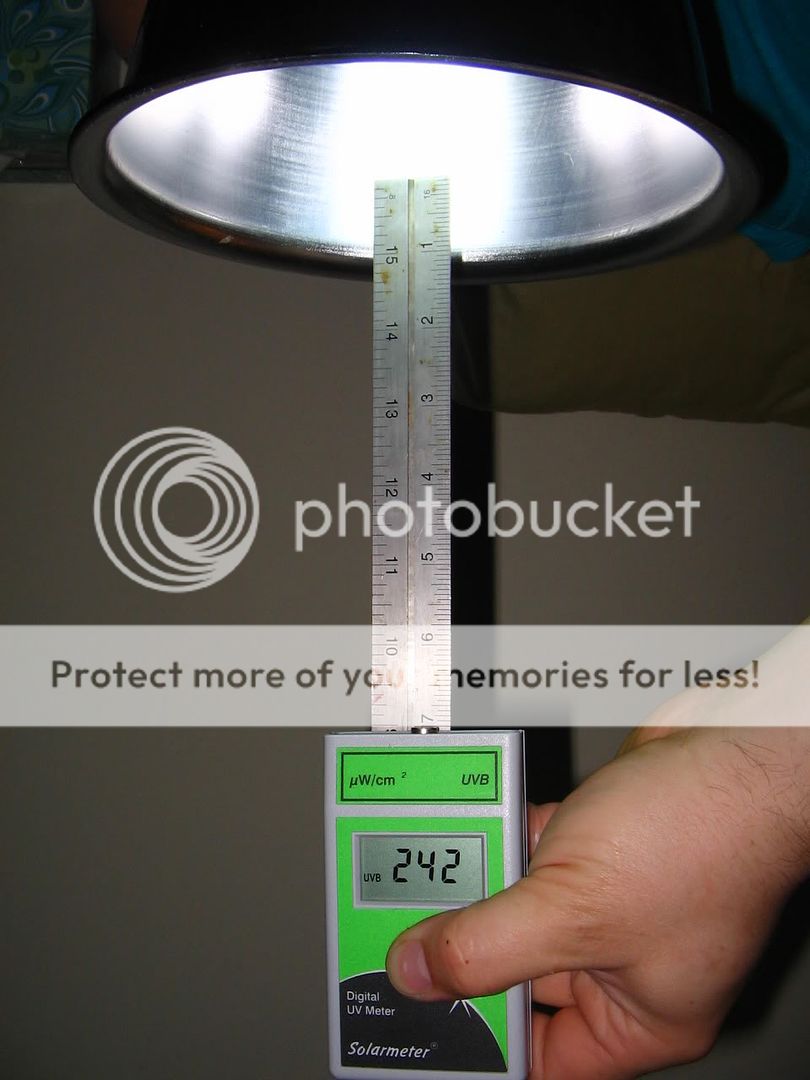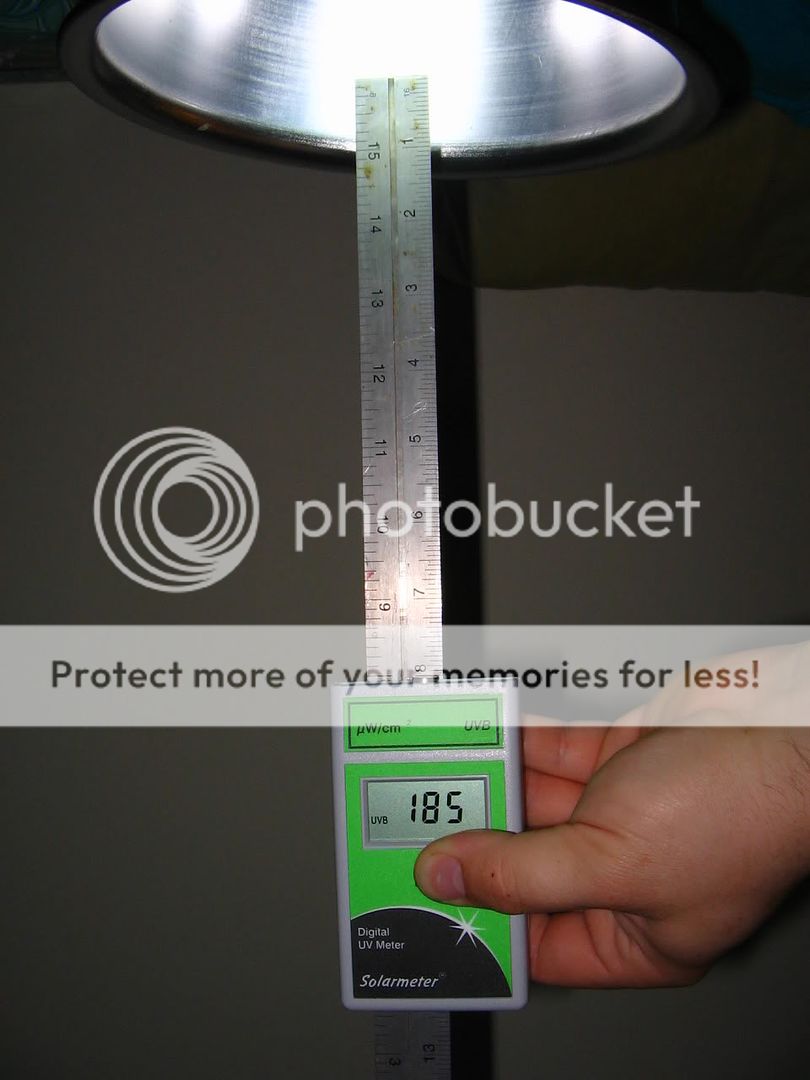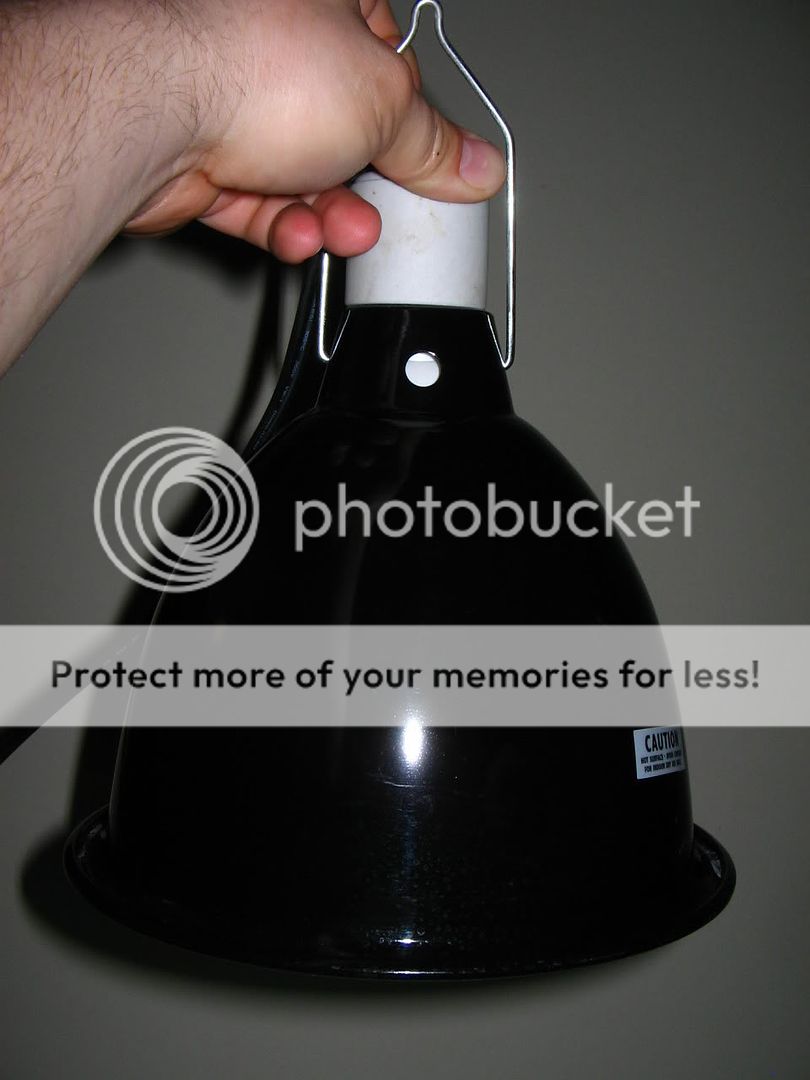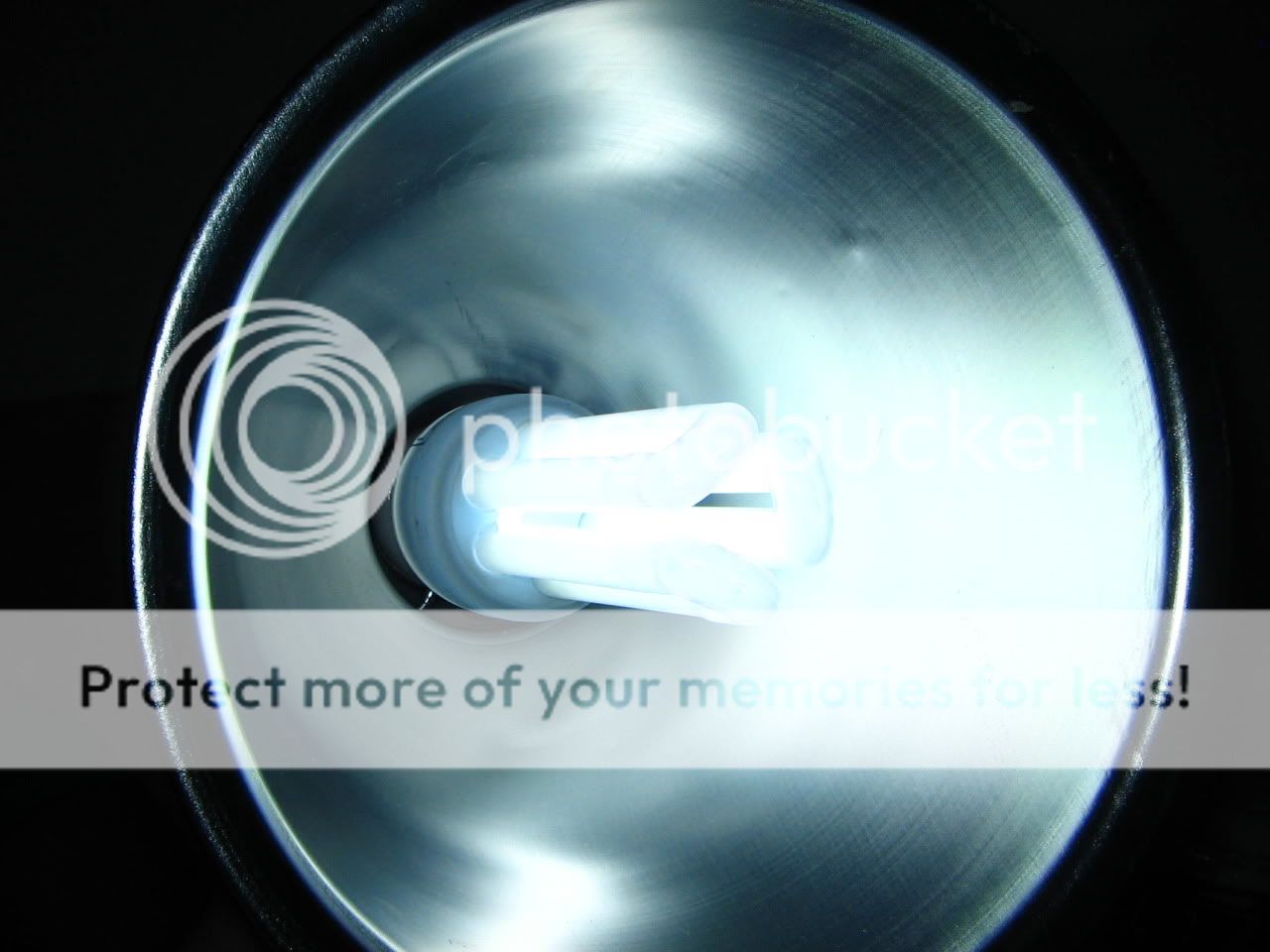Hello friends - 3 questions for the experts:
1. Do "power compact" bulbs like this one: http://tinyurl.com/y97urdg suffer from the same characteristics that have made CF bulbs so despised in these forums?
2. Do all fluorescent bulbs produce UVB light, or does the package need to specifically say "UVB"?
3. If my cham's cage is right next to a window, with full exposure to sunlight all day, is a UVB light even necessary?
Any guidance would be appreciated, thanks.
Leppy
1. Do "power compact" bulbs like this one: http://tinyurl.com/y97urdg suffer from the same characteristics that have made CF bulbs so despised in these forums?
2. Do all fluorescent bulbs produce UVB light, or does the package need to specifically say "UVB"?
3. If my cham's cage is right next to a window, with full exposure to sunlight all day, is a UVB light even necessary?
Any guidance would be appreciated, thanks.
Leppy




